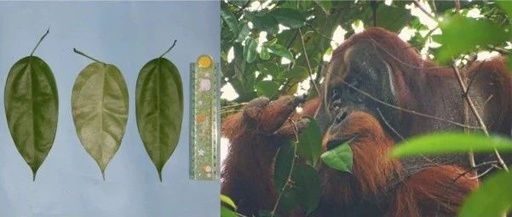
Recently, scientists published an article in the journal Nature, documenting the process of wild animals using plants to treat wounds, with remarkable efficacy!
Could it be that animals understand Traditional Chinese Medicine (TCM)? The Sumatran orangutan, Rakus, seems to have some insights in this area.
Rakus is a male orangutan residing in the Gunung Leuser National Park in Indonesia.
Since 1994, scientists have been observing the behavior of orangutans here, and Rakus has been a resident since it was first spotted in March 2009.
On June 22, 2022, researchers discovered an open wound the size of a bottle cap on Rakus’s right cheek.
Based on the location of the wound and recent events in the area, researchers speculated that the injury was caused by a fight with another male.
Nature can be cruel; even a small wound can be fatal.
To heal quickly, Rakus began self-treatment:
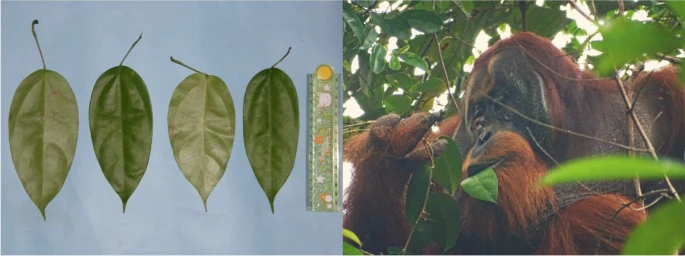
Three days later, on June 25, scientists observed Rakus chewing on the leaves and fruits of a plant, applying the juice and pulp to the wound. The entire process lasted for 7 minutes and was repeated multiple times.
After applying the remedy, Rakus also ingested the plant.
Upon identification, the plant was found to be called Akakuning, a local herb known for its analgesic and anti-inflammatory properties.
In the following days, scientists consistently found Rakus consuming Akakuning, and the results were indeed impressive.
Injured on June 22, starting treatment on the 25th, and after 5 days of treatment, by June 30, the wound had scabbed over without infection.
After nearly a month, by August 5, the bottle cap-sized wound had completely healed.
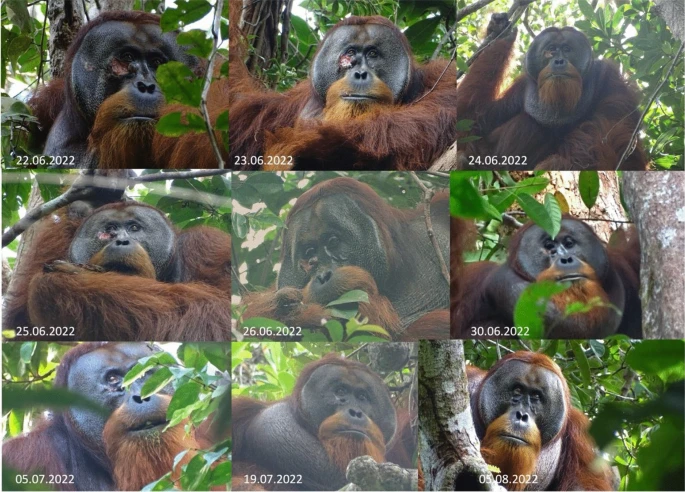
Healing process
How Did the Orangutan Know the Medicinal Properties of the Plant? Coincidence?
According to the paper’s description, Rakus’s application of the plant to the wound was a deliberate action.
This herb is not typically part of its diet; the external application combined with internal consumption, repeated multiple times, indicates that Rakus knew what it was doing and recognized the plant’s effectiveness for the wound.
How did it know about the plant’s medicinal properties? Scientists believe this could be an instance of individual innovative behavior.
By chance, Rakus’s hand, covered in plant juice, touched the wound, and suddenly Rakus felt less pain, leading it to realize that this plant was beneficial for the wound, prompting repeated applications.
Another possibility is that Rakus learned this from other orangutans.
It is well-known that orangutans have high intelligence and possess social learning abilities.
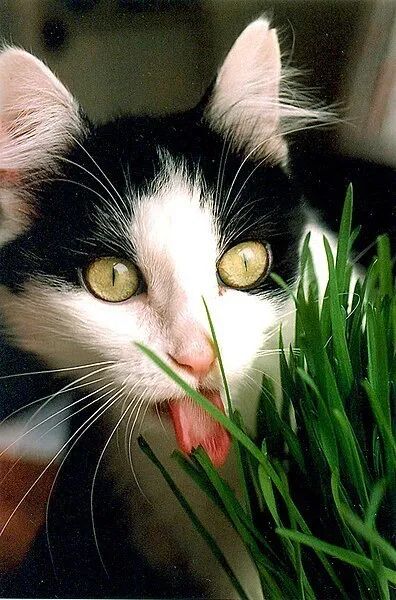
Cats eating grass
Various Self-Medication Methods in Animals
Similar self-treatment behaviors are actually quite common among animals; for example, cats eating grass.

Animals eating bat feces
The three animals in the above photo are chimpanzees, black-and-white colobus monkeys, and antelopes, all stealing bat feces from a cave.
Why would they choose to eat feces instead of good food? Scientists have captured this behavior on camera. What are they after?
Bat feces, known in TCM as Ye Ming Sha, contains various minerals and has detoxifying and analgesic functions.
These animals live in Uganda, where the local promotion of tobacco cultivation has led to the near extinction of the wine palm, one of their food sources.
With no normal food sources, these animals are forced to consume the “nutrient-rich” bat feces.
Research has found that the nutritional content of bat feces is very similar to that of wine palm.
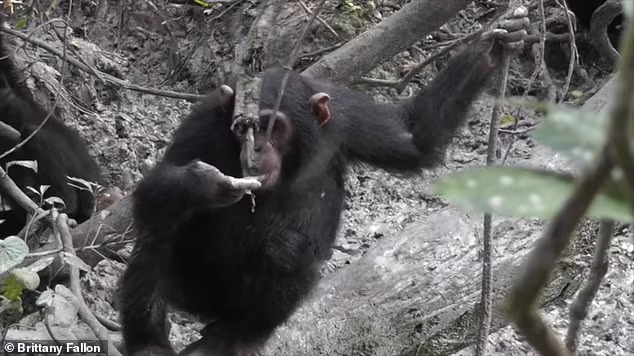
Chimpanzees eating soil
A few years ago, chimpanzees in this area were also observed drinking muddy water and eating soil.
Investigations revealed that the soil was clay, rich in minerals, and one reason for eating soil was to neutralize tannic acid in their food.
The above two examples are typical instances of animals engaging in self-medication through ingestion.
Some animals even swallow indigestible items to treat internal parasites.
Chimpanzees will roll several leaves into a ball and swallow them whole, intending to expel parasites from their bodies.
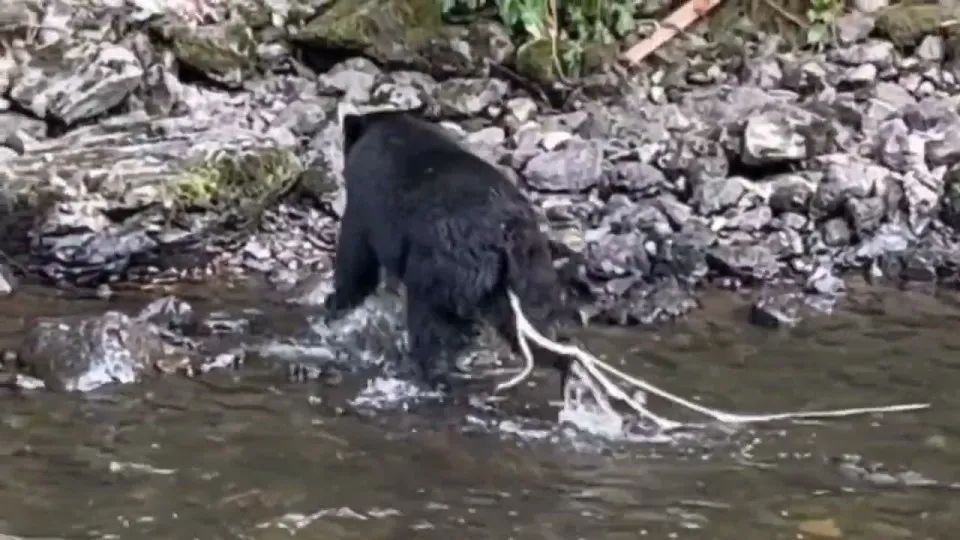
Infected bear with parasites, the white ones are
Alaskan brown bears exhibit similar behavior, swallowing leaves of the moss grass in spring; the rough leaves can potentially tear the bodies of parasites in the intestines, ensuring the internal parasite load is minimized.
Rakus’s application of medicine to its wound is a form of self-treatment that is less common compared to ingestion, but it is not unheard of.
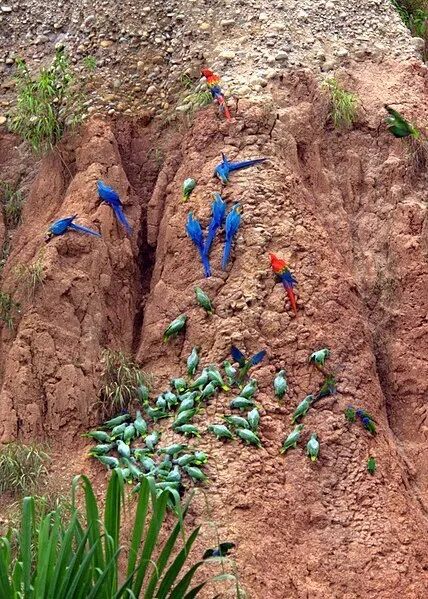
Birds eating clay
Scientists have observed that female macaques use syrup to treat wounds, while brown bears chew plants into a paste and apply it to insect bites.
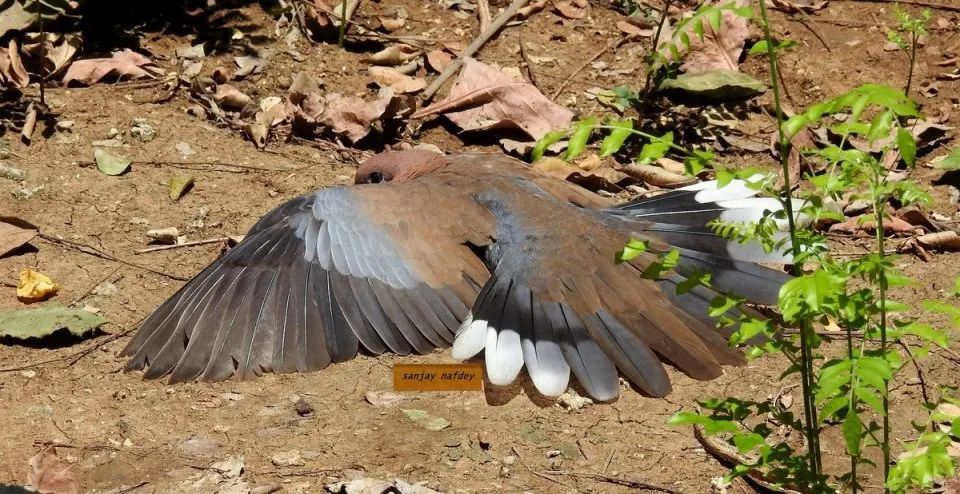
Birds rubbing in ant piles
Birds are even more ingenious, using their beaks to grab ants and rubbing them on their feathers, or rolling directly in ant piles, to have the ants secrete formic acid, which can kill parasites in their feathers.
In summary, animals have their own set of survival rules.
Behaviors like Rakus’s application of medicine to wounds are not uncommon in nature, but they are rarely witnessed by humans.
Since you’ve read this far, why not follow, like, and share?
Further Reading:
● Using toad vomit to treat the plague? Physicist Newton’s folk remedy estimated to be worth $120,000 ● What happens if astronauts get sick in space? How will they receive treatment? ● Is drinking more water a good remedy for all ailments? Or is it an irresponsible concern? ●Affordable and effective, why does fish skin for treating burns have such a disparity in sales domestically and internationally?


